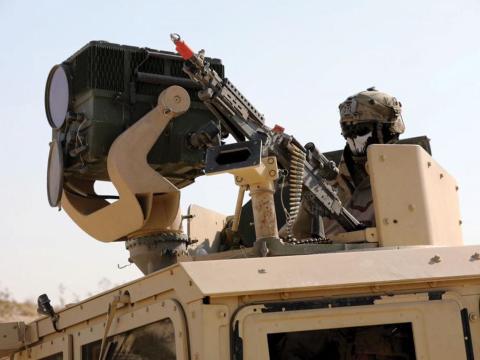Team Signal and LandWarNet 2020
Network modernization is the key to the U.S. Army of the future, and soldiers already are reaping the benefits of updates to the LandWarNet (LWN). The chief information officer (CIO)/G-6 is leading a charge to improve infrastructure by replacing copper circuit switches with necessary state-of-the art technology. “That’s what we have to fix,” said Lt. Gen. Susan Lawrence, USA, the service’s CIO/G-6, during AFCEA International’s TechNet Augusta on Wednesday. Improvements at Fort Hood, for example, are going to increase bandwidth there by more than 1,000 times. Along the way, other efficiencies are realized. By turning off unused phones, the Army is saving $14 million a year.
Many alterations are under way to create LWN 2020. By moving to a capability-set solution, the Army will enjoy three key advantages over older, program-of-record approaches. They are: the ability to reprioritize what installations to modernize next based on pressing requirements; the ability to take advantage of the rapid pace of information technology advancements by buying fewer items more often; and saving money as prices drop for the same items over time. “With a program of record, you just buy,” Gen. Lawrence said. Already, the Army is using the capability set to modernize 12 of its installations.
By performing all the updates in an open architecture environment, personnel ensure backward compatibility. This model allows the Army to keep the network modernized at all times going forward, the general stated. She and her team have demonstrated the importance of LWN 2020 to higher Army leadership, which is now focused on the network as a major service priority along with soldiers and the next-generation combat vehicle. “We are in a honeymoon period,” Gen. Lawrence explained, adding that as long as signal soldiers continue to show the same return on investment, they will continue to receive funding and support.
The CIO is charging ahead with various efforts, such as connecting 18 installations in a cloud environment, allowing soldiers to truly train as they fight. Their communications operate now just as they will in combat. The network also is able to support deployment anytime, anywhere, keeping track of troops and their data. Data center consolidation is all about that effort, Gen. Lawrence said, so that information soldiers require is always accessible. “I can do that today ... I can get to anything I need to get to,” she explained.
Signal soldiers are balancing the dual needs of the network as both a warfighting enabler as well as a business tool. All the tasks are accomplished on the same network that also must facilitate exchange of data with partners. One big challenge being overcome is convincing enclaves within the Army to forgo their proprietary networks to connect to the LWN. Gen. Lawrence assures users that everything they need is available, with the added benefit of capabilities to share with other soldier communities. “We cannot get to LWN 2020 by operating these very expensive, stovepiped networks … This will be the year of happening,” she said.
For more coverage from TechNet Augusta 2013, visit SIGNAL's Event eNews site.



